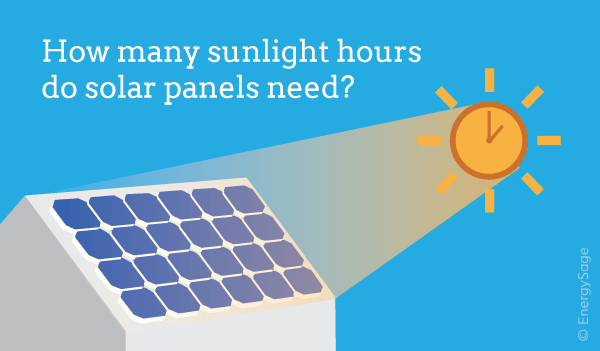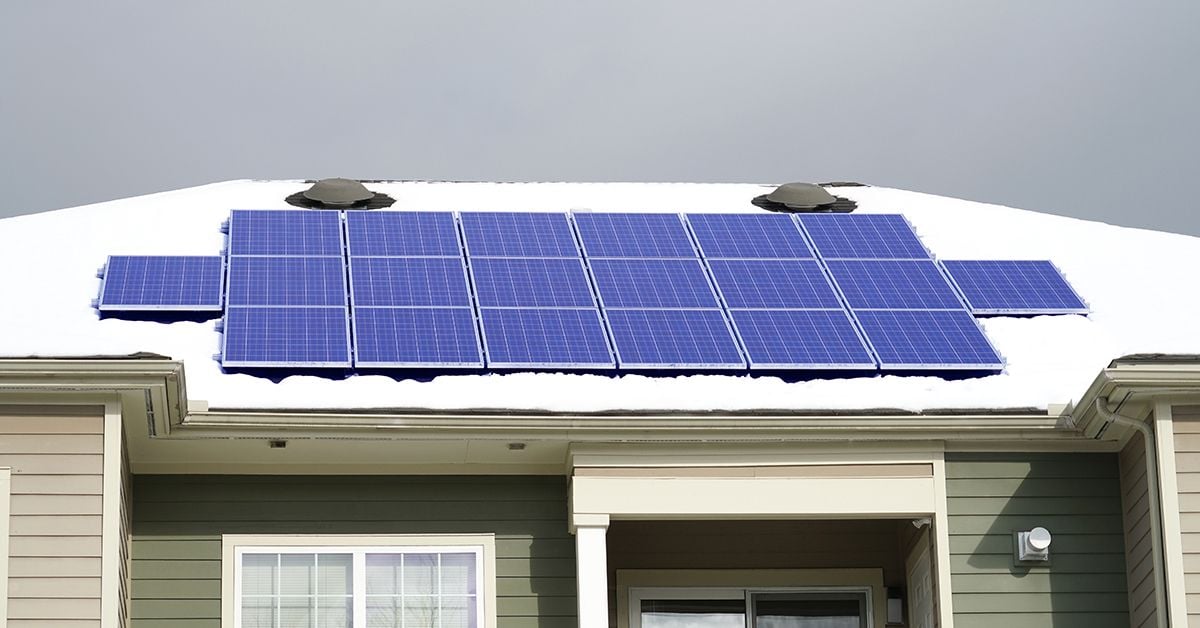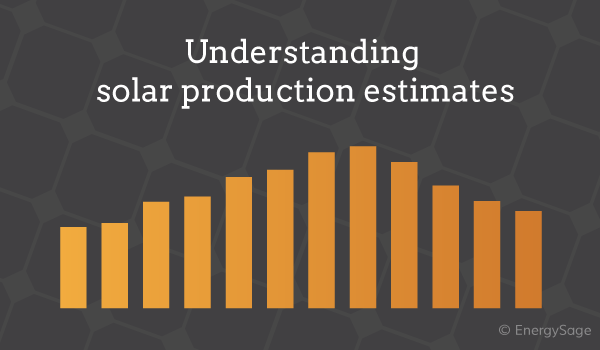With most solar panel systems in the united states at least those with an adequate amount of sunshine your production estimate shouldn t be a 1 1 ratio.
Colorado solar panel production ratio.
You can freely compare solar quotes on the energysage marketplace to see how different wattage panels will affect your unique system.
The actual output you see depends on factors like shading orientation and sun hours.
Solar generation of electricity fell 1 9 percent in june compared with may.
Since there s a lot to consider we ve separated the page into sections to help you find what you are looking for.
Welcome to the ultimate guide to solar panels in colorado.
Economically recoverable coalbed methane reserves.
On average the state of colorado receives 4 87 daily peak sun hours.
Solar panels usually produce between 250 and 400 watts of power.
Radiation 1000 w m2 cell temperature 25 celcius degree wind speed 1 m s am 1 5.
Nebraska generation increased by the greatest percentage 16 7 percent.
Only 10 states with meaningful production reported an increase in generation during that span according to eia.
The size of the system 6 kilowatts or 6 000 watts represents the capacity of a system to produce power while kwh represents the energy output of a system over time.
Colorado s electricity from renewable sources has more than doubled since 2010 to 25 of net generation in 2019 led by increased wind and solar power.
Yet you can also find panels of 150 160 or 175 watts.
For a 300 watt solar panel with dimensions 64 inches x 39 inches 1 61 meters squared or 17 31 square feet the peak instantaneous electricity production per square foot at stc is 14 58 watts per square foot.
Colorado is the top coalbed methane producing state and has nearly one fourth of the u s.
The first is to look at the peak possible instantaneous solar power production per square foot for a particular solar panel.
Be aware that this nominal ratio is given for standard test conditions stc.
Those solar panels used for residential purposes range from 150 watts to 370 watts per panel depending on the panel size efficiency and cell technology.
A fixed tilt solar panel does not change angles to adjust with the sun so looking at the average peak sun hours using a fixed tilt panel can set a good baseline for calculations.
50 watt 100 watt and 160 watt.
Small solar panels traditionally come in three common sizes.








